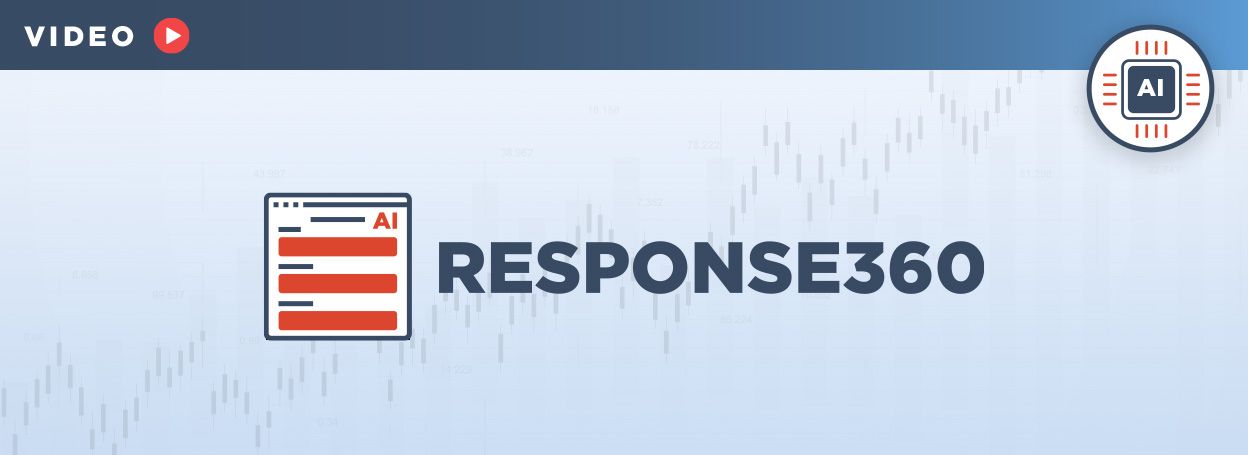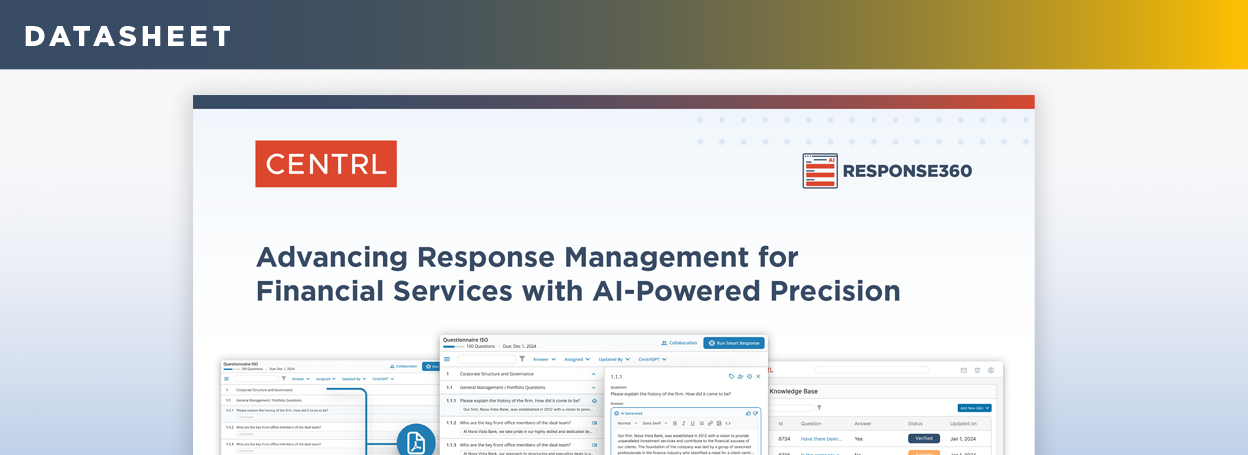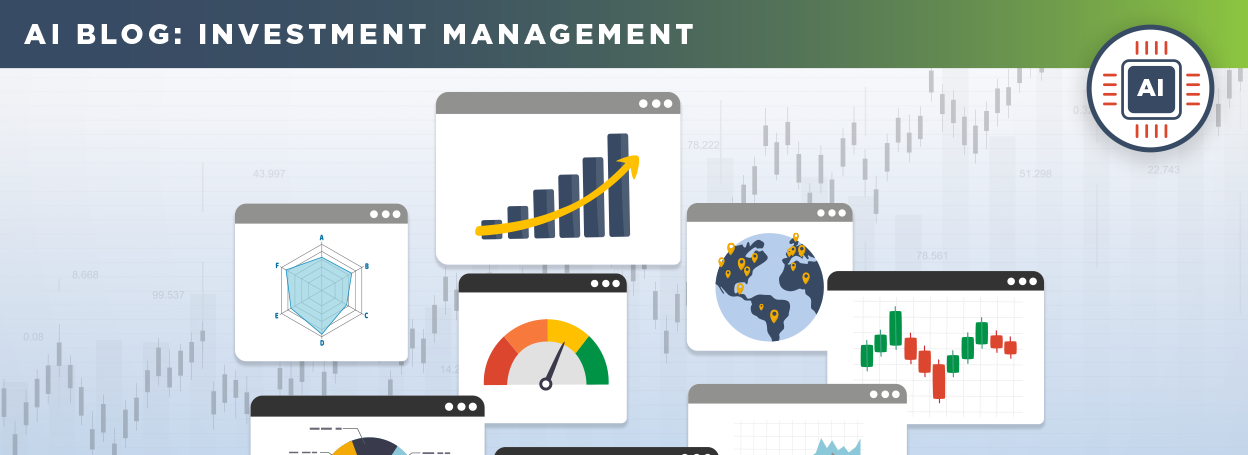Key Takeaways from 2025 GAIM Ops West

AI Is Everywhere, Adoption is Growing but Inconsistent
AI is no longer a futuristic concept; it has arrived and is influencing how investment management firms operate, analyze data, and make decisions. From automating repetitive workflows to generating actionable insights across complex datasets, AI has become a strategic imperative across the investment office. However, adoption is far from uniform, and realizing measurable value requires careful planning, oversight, and execution. Here are three key trends driving AI transformation in investment management today.
1. Growing AI Adoption: From Experimentation to Enterprise
Over the past three years, AI adoption in investment management has shifted from isolated pilots to enterprise-wide initiatives. In fact, according to EY’s “GenAI in Wealth & Asset Management Survey 2025”, 78% of those surveyed indicated that they have already implemented 3-5 AI use cases.
Enterprise-grade LLMs are increasingly accessible, either through in-house deployment or via trusted vendor platforms. Across the board, these help with extracting or summarizing information across one or multiple documents and saving time on otherwise manual and repetitive tasks.
As a result, firms can now accelerate several tasks like due diligence, enhance operational efficiency, and free human talent for higher-value activities like strategic decision-making and client engagement. AI is no longer an experiment; it is helping teams realize benefits without much time and effort.
2. Human-in-the-Loop (HILT): The Essential Layer
Despite AI’s growing capabilities, humans remain indispensable. Every firm implementing AI incorporates multiple layers of human oversight, known as Human-in-the-Loop (HILT).
HILT ensures outputs are accurate, contextually appropriate, and compliant with evolving regulations. For instance, an AI model might generate a preliminary risk assessment for a fund manager, but compliance officers, portfolio managers, and analysts review, validate, and refine the output. This oversight is critical in investment management, where the accuracy of data remains paramount.
Moreover, HILT supports continuous learning. Feedback from human reviewers improves AI models over time, enhancing accuracy, reliability, and contextual understanding. The result is a collaborative system in which AI amplifies human expertise rather than replacing it—a necessity in a highly regulated, nuanced industry.
3. Build vs. Buy: Strategic Decisions for AI Implementation
Firms face a critical choice: develop AI capabilities in-house or leverage vendor solutions. Both approaches have trade-offs, and the decision impacts speed, cost, and flexibility.
Building in-house allows firms to create highly customized models aligned with proprietary datasets, unique investment processes, and internal compliance requirements. However, developing and validating models demands significant expertise, time, and ongoing maintenance—resources not every firm can spare. One firm noted that it only took 3 weeks to set up its internal model, but it was 11 months before it was useful.
Buying from vendors provides immediate access to mature tools, tested models, and enterprise support. Leading AI vendors offer turnkey solutions for research automation, compliance checks, and portfolio analytics. Yet no vendor solution can address every niche use case, and integration with existing workflows often requires careful planning.
Industry trends suggest a hybrid approach is emerging. Firms are leveraging vendor solutions for broad capabilities while selectively developing proprietary models for specialized tasks, optimizing speed, reliability, and strategic value.
4. Persistent Memory and Context Management
Unlike narrow AI tools that operate on a single prompt-response loop, Agents can maintain context over time. This gives them a kind of working memory, allowing them to manage long-running tasks, revisit earlier decisions, and remain consistent across steps.
This persistence allows AI Agents to act like real collaborators. They can remember key preferences, past interactions, internal terminology, and project history—essential features in high-stakes, regulated domains like investment management.
Forward-Looking Insights: AI as a Strategic Partner
Looking ahead, AI will not replace investment professionals; it will become more integrated within their daily work. People will start using AI more, and as a result, they will figure out how to include AI within each business unit or team structure.
Firms that successfully integrate AI will realize tangible advantages: accelerated due diligence, faster reporting cycles, enhanced risk oversight, and deeper insights into complex portfolios. Conversely, firms that adopt AI without strategic planning or human oversight risk low adoption, compliance missteps, and negligible results.
The winners in this AI-driven era will treat technology not as a tool but as a strategic partner—enhancing decision-making, operational efficiency, and competitive differentiation. Investment management is entering a new phase: one where intelligence, not just information, drives performance.


